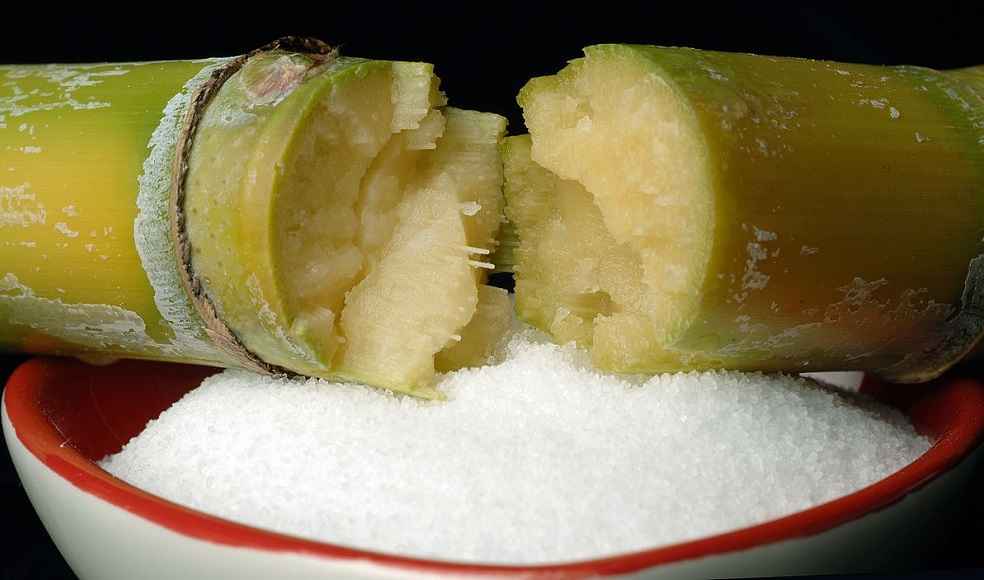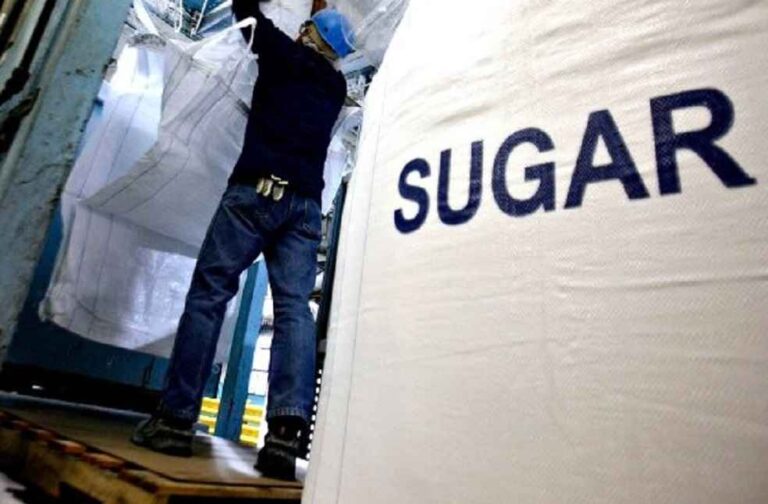To safeguard domestic supplies amidst precarious climatic conditions, India, the world’s second-largest sugar producer, has extended restrictions on sugar exports beyond October 31. The continuation of the export curbs, as confirmed by the Directorate General of Foreign Trade, resonates with the government’s steadfast approach to mitigating inflationary pressures, ensuring that the national market remains resilient against supply shocks due to unpredictable weather patterns.
The nation’s directive, articulated by the Directorate General of Foreign Trade, sustains the export quotas instituted in 2022-23, which witnessed a conspicuous contraction of outbound shipments to 6 million tons, a substantive deviation from the 11 million tons documented previously. This restrictive approach, orchestrated in response to the detrimental impacts of late rains on production cycles, casts a shadow of uncertainty over the international markets, fostering an environment ripe for cost augmentations.
Evidenced by the fluid dynamics of the commodity markets, raw sugar futures exhibit unprecedented buoyancy, approaching zenith levels unseen since 2011. Predicated on supply anxieties emanating from dominant producers such as India and Thailand, this trend elucidates the intricacies of a global ecosystem susceptible to policy fluctuations and environmental variabilities.

Within India’s domestic arena, the government’s meticulous orchestration of export policies showcases a deliberate endeavor to attenuate inflationary pressures. As the nation grapples with the repercussions of suboptimal monsoon seasons, the agricultural domain stands on the precipice of vulnerability, necessitating judicious regulatory oversight to maintain equilibrium in food prices.
The analytical discourse, enriched by insights from experts such as Kona Haque of ED&F Man, underscores a prevailing skepticism concerning the feasibility of substantial export quotas, given the anticipatory narratives of reduced crop yields owing to meteorological deficiencies.
Market trajectories, in response to India’s policy articulations, navigate through price adjustments, with significant ascents observable in sugar futures across diverse global platforms. Notably, discerning nuances within the policy framework facilitate the continuity of export flows to pivotal destinations such as the European Union and the United States, cultivating pathways of economic reciprocity through strategic quota allocations.

India’s policy landscape, marked by regulatory interventions, reflects nuanced strategies to navigate the complexities of the global market while safeguarding domestic economic stability. The curbs on sugar exports emerge as a pivotal element within this broader economic tapestry, embodying the government’s resilient stance against the volatile winds of inflation and climatic unpredictability.
IMEX SECTOR | India to Ban Sugar Exports Due to Weak Monsoons Forecast



